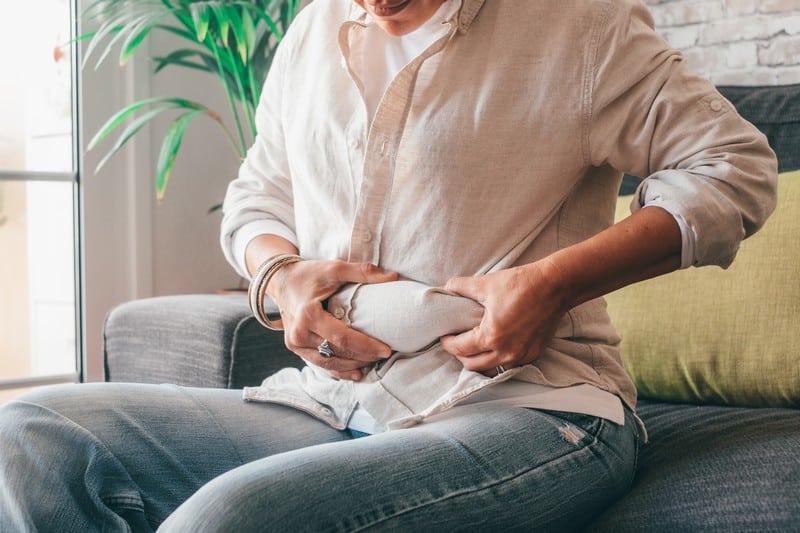A double chin or submental fat is common when fat layers form below the chin. The condition is nothing to worry about, and it is usually not a sign of severe medical conditions (in most cases). Numerous easy workouts can help with a double chin. The muscles in the neck and face are the focus of these exercises, and working them may reduce and help lose fat in these areas.
A double chin results from several different variables coming together in the body. Many people find the condition unappealing and seek solutions to get rid of them. In addition, having a double chin can impact a person’s self-esteem since it is a noticeable feature of physical appearance.
There are a lot of possible causes of double chin, and weight gain is at the top of the list. But it can also occur in anyone, regardless of weight. The condition affects men and women of all ages, and numerous factors contribute to their development. To eliminate this saggy skin under the chin, it’s critical to identify its causes first.
Below are the common causes of a double chin.
Weight Gain

In general, having too much fat is the most frequent cause of a double chin. It is typical for fat to accumulate all over the body when a person gains weight. Unfortunately, that also applies to areas on the face and beneath the chin. A double chin might be particularly unflattering to someone struggling with weight.
Being overweight is another of the main contributors to having a double chin because it frequently accumulates extra fat in the chin area. The skin surrounding the cheeks and chin is dragged down more when a person has excess body fat. Obesity also significantly increases the risks of developing sleep apnea, diabetes, and other heart-related illnesses.
Weight gain and a double chin may be influenced by processed foods, a high-calorie diet, and unhealthy fats. However, the double chin could also be seen even after losing weight. Doing a pouting stretch is an excellent method to target the chin and neck muscles.
Either standing or sitting, extend the lower lip to create a pouting expression. Maintain the posture for three seconds. Then, use the neck muscles to droop the chin toward the chest while maintaining a full pout on the lip. Do not move the upper back.










